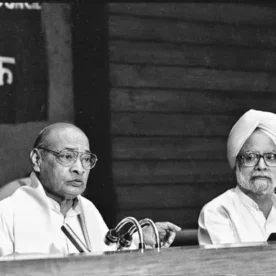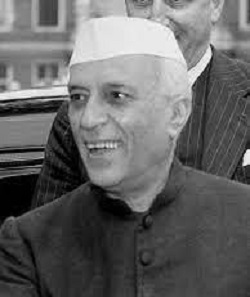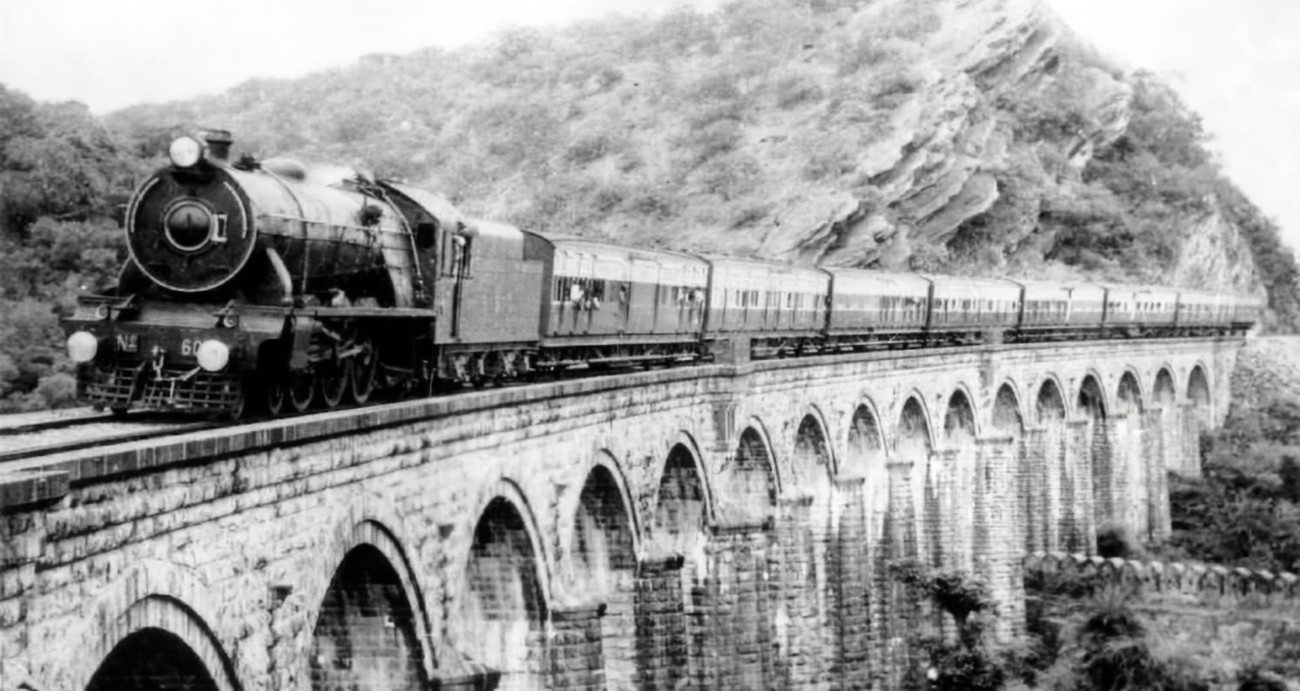Economic Reforms in India since 1991 – Free notes in Hindi
आपका स्वागत है । आप सही जगह पर आयें हैं । अर्थशास्त्र विषय के हिंदी माध्यम के विद्यार्थियों की जरूरतों को ध्यान में रखते हुए यहां हम आपके लिए 1991 से भारत में आर्थिक सुधार (economic reforms in India since 1991) पर नोट्स प्रस्तुत कर रहे हैं। यहां प्रस्तुत नोट्स संक्षिप्त हैं। हालांकि, वे अध्याय […]
Economic Reforms in India since 1991 – Free notes in Hindi Read More »






